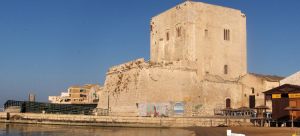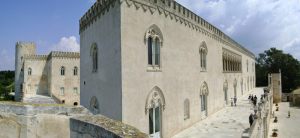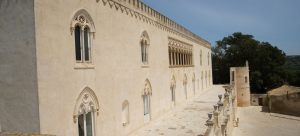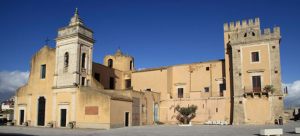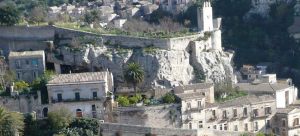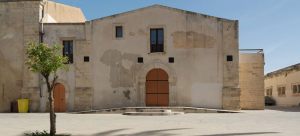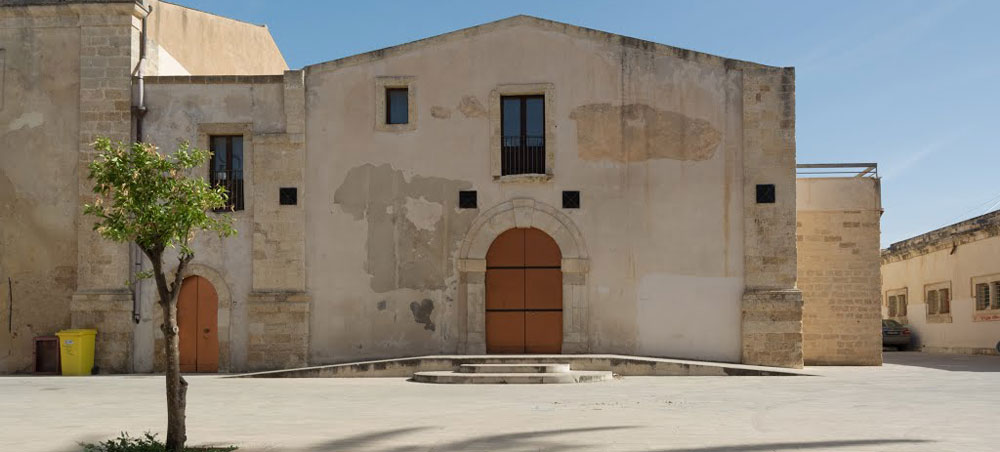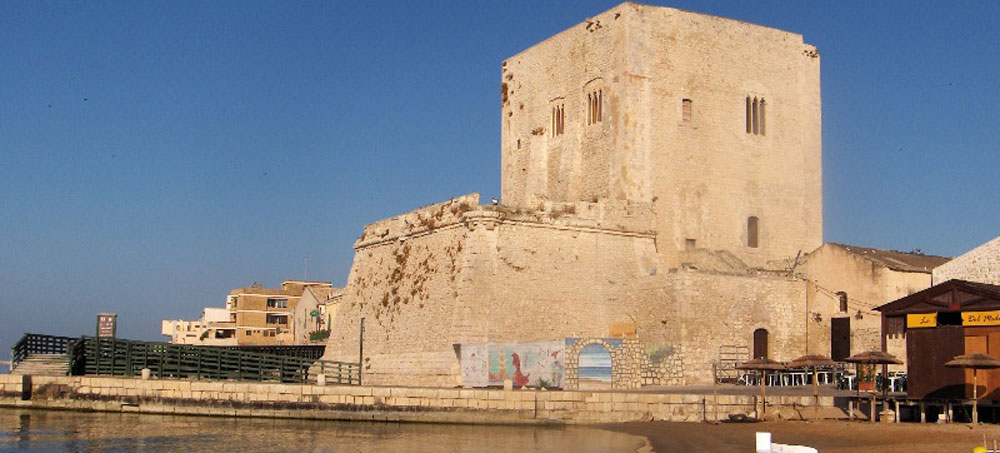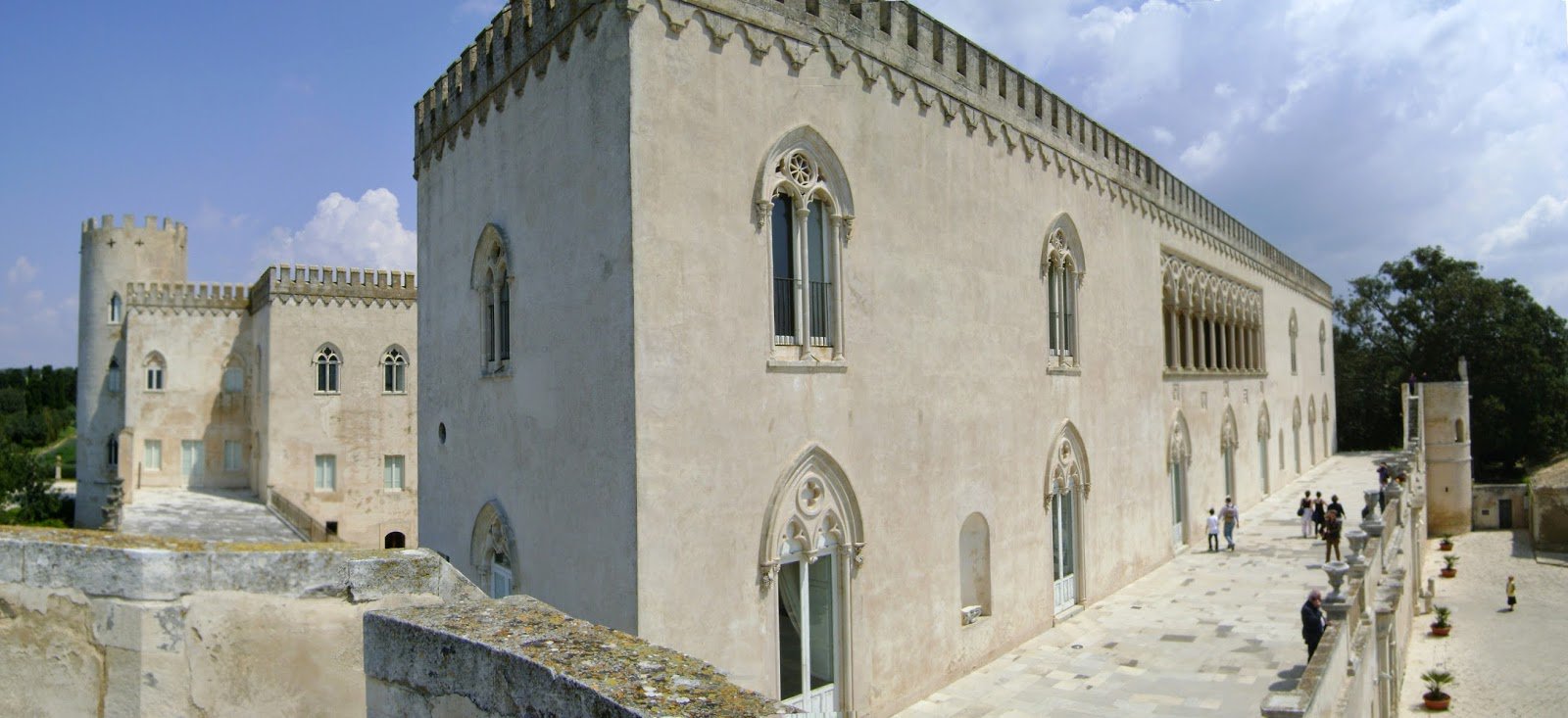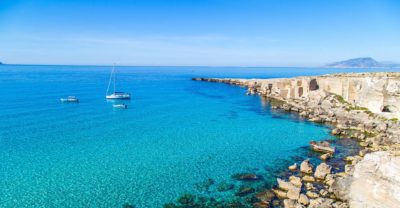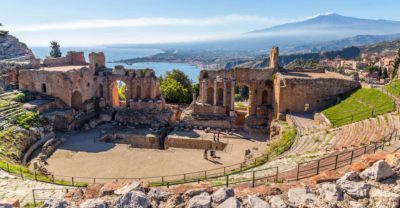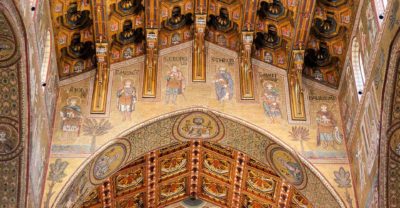Towers and Castles
Ragusa
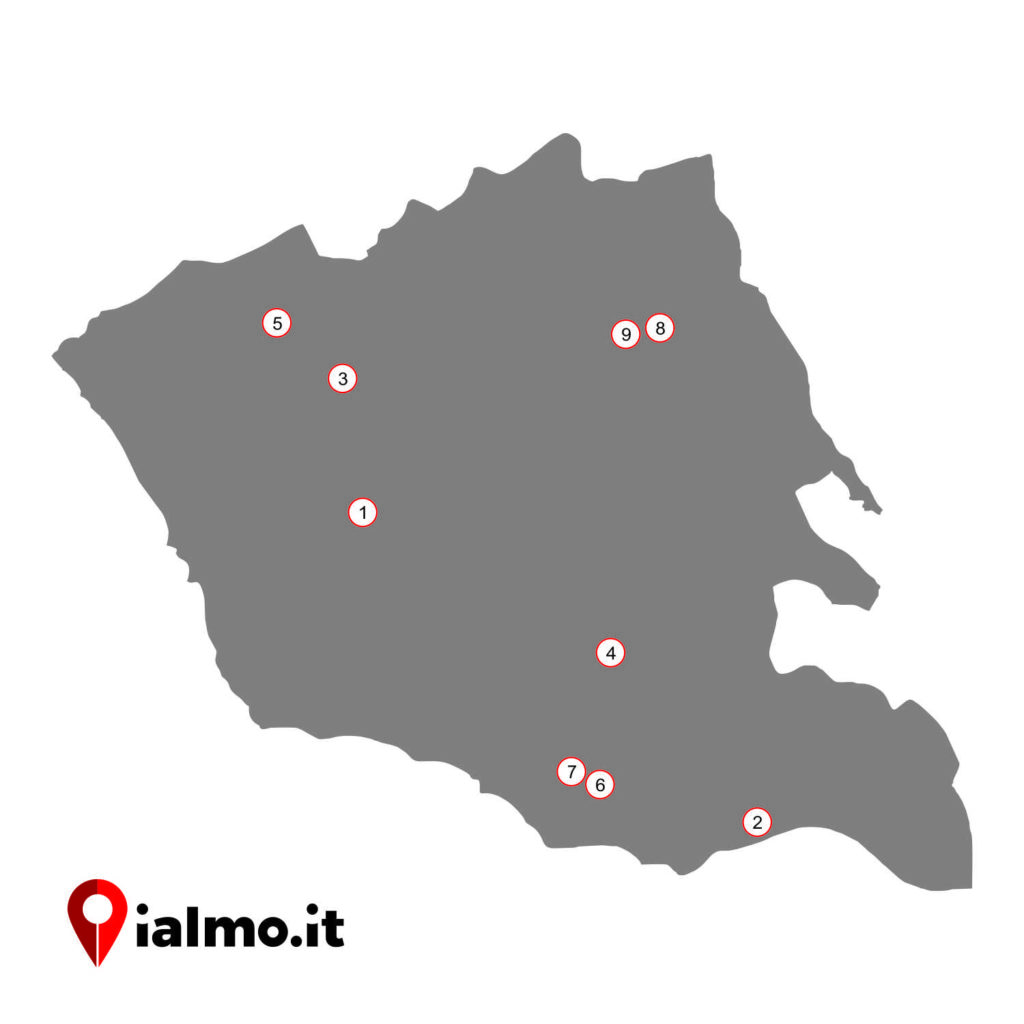
Donnafugata Castle, Ragusa: about 20 km far from the residential area, in the middle of the 8-hecaters-extention park, it represents one of the most interesting tourist sites in Ragusa.
In the luxuriant park there are ficus trees and other exotic species. In addition, there are a labyrinth, a circular small temple, a coffee-house and some artificial caves.
According to the legend, the Princess Blanche of Navarre was confined in the castle by count Bernard Cabrera, lord of the county of Modica. Yet she managed to escape through the galleries that took to the countryside around the castle.
The lord of Palermo feared the count so much that they neither reacted nor reduced his power. The building contains 122 rooms and its original core dates to the 17th century. Its peculiarity comes from the superimposition of the different styles that had been alternating to one another across the centuries. The most ancient element of the building is the squared tower from the 17th century located in the central part of the complex.
Elaborated extension works have been carried out in the early 20th century by the will of the baron Corrado Arezzo de Spucches. Visitors can appreciate a precious Venetian Gothic balcony, Coats of arms Hall, Mirrors Hall, the pool room and the library.
Cabrera Tower, Pozzallo: National monument and symbol of the town, it was built in the XV century by the will of the count Giovanni Bernardo Cabrera. Its grandeur and its strategic position brought great military relevance to the building. A large force of soldiers, gunners and knights garrisoned the tower and guarded the area; on the balconies there were numerous cannons. Upstairs lived the lord of the castle; on the vaults the coats of arms of the Cabrera family are still visible.
Inside it is still possible to visit a hall used to hold in custody and torture prisoners; they were enchained and sometimes even killed by drowning using a system that allowed flooding during highwater. The earthquake in 1693 caused serious damages to the tower; the following reconstruction partially modified the original project.
Colonna-Henriquez Castle, Vittoria: built at the beginning of the 17th century, it was used as a prison from 1816 to 1950. Left unused for some years, it was then restored and today it hosts the Civic multivalent museum named after Virgilio Lavore, distinguished Hellenist.
Castle of the counts, Modica: on the top of a rock, it was built up on the last tableland of an eagle-beak-shaped rocky promontory. Born as a citadel, for several years the castle has been the center of both political and administrative powers of the county of Modica.
The castle dates to the Byzantine period and it has been restored several times in the following centuries. The old towers and the walls had been demolished but a polygonal tower, the ruins of Saint Catald’s church and the old medieval prison are still visible.
In 1725, after the earthquake, a mechanical weight-driven clock was placed on the rests of a medieval guard tower. The clock works perfectly, and its complex engines are checked and restarted every 24 hours.
It is possible to visit the inside of the guard tower only on special occasions.
From the tower banister visitors can enjoy a picturesque yet exceptional landscape of the lower part of the historical town-center.
Castle of the Princes of Biscari, Acate: built up in 1494 by the will of the baron Guglielmo Raimondo Castello it was then rebuilt in 1700 and restored several times. The most ancient parts date to 1494, while most part of the actual buildings was built in the 18th century.
The structure of the fortification is massive: its facade is formed by three projecting bodies and two concave ones; inside there is a courtyard where there once were the old warehouses; from the courtyard the stairs to the upper floors; the municipality gave over the entire building to a civic cultural center for exhibitions, meetings and other events.
Castello dei Tre Cantoni (Three cantons castle), Scicli: defending the western front – the only flat one looking towards Ispica – it rises on a deep moat that separates the intramoenia urban area from the countryside; a quadrangular rampart sustaining the whole structure which sides are reinforced by other towers; on top it is still possible to see and visit the foundations of a triangular tower dating to the antiquity that gives the name to the entire complex. On the west side on a calcareous terrace opens out the so-called Piazza d’Armi, still overlooking the ruins of Castellaccio.
Castellaccio, Scicli: only few yet imposing ruins remain on the rocky top of Saint Matthew’s hill. it is a keep, probably that of a bigger fortified complex now in ruins due to the gradual collapse of the ridges where it was originally built.
Torrevecchia Castle, Giarratana: it is on a hill close to Monte Lauro, where the Irminio and the stream Miele (contrada Terravecchia) meet, site of the ancient town. There are remains of an imposing quadrangular perimeter structure with a central keep and three corner towers.
Castle of Settimo Civello, Giarratana: Built by Don Girolamo Settimo Civello in 1703 on the hill above the new residential area, it remained incomplete and today it is in ruins. However there was a piano nobile with numerous fancy halls, alongside with jails, warehouses and fortified walls.
